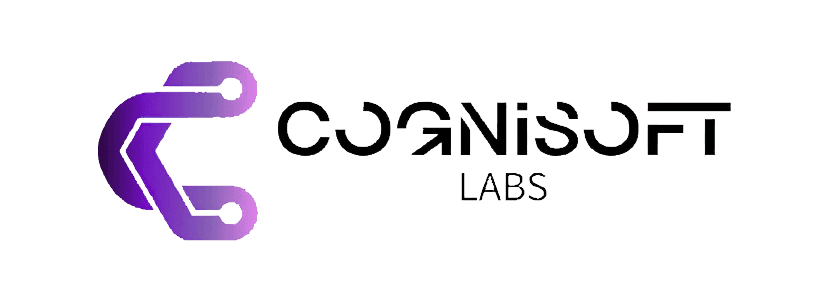What is DevOps?
DevOps is a set of practices that combines software development (Dev) and IT operations (Ops) to improve the speed, quality, and reliability of software releases and deployments. It aims to bridge the gap between these two traditionally separate teams and create a culture of collaboration and automation.
DevOps is not just a tool or a technology, but a mindset and a way of working. It involves a set of practices, processes, and tools that help organizations deliver software faster, more reliably, and with higher quality.

The Evolution of DevOps
The concept of DevOps has been around for over a decade, but it has gained significant traction in recent years. Here’s a brief overview of the evolution of DevOps:
- 2008: The term “DevOps” was first coined by Patrick Debois and Andrew Clay Shafer.
- 2010: The first DevOpsDays conference was held in Ghent, Belgium.
- 2012: The DevOps movement started gaining momentum, with more conferences and meetups being organized.
- 2015: DevOps became a mainstream concept, with many organizations adopting its practices.
Key Stages of DevOps
DevOps involves several key stages, including:
- Continuous Integration (CI): The practice of integrating code changes into a central repository frequently.
- Continuous Testing (CT): The practice of automated testing to ensure code quality.
- Continuous Deployment (CD): The practice of automating the deployment of code changes to production.
- Continuous Monitoring (CM): The practice of monitoring applications and infrastructure in real-time.

Benefits of DevOps
DevOps offers several benefits, including:
- Faster Time-to-Market: DevOps enables organizations to release software faster and more frequently.
- Improved Quality: DevOps ensures higher quality software through automated testing and continuous monitoring.
- Increased Efficiency: DevOps automates many manual tasks, reducing the risk of human error.
Best Practices for Implementing DevOps
Here are some best practices for implementing DevOps in your organization:
- Start Small: Begin with a small team or project and gradually scale up.
- Automate Everything: Automate as many tasks as possible to reduce manual effort.
- Monitor and Measure: Monitor and measure your DevOps practices to identify areas for improvement.

Conclusion
In conclusion, the evolution of DevOps has transformed the way we approach software development and deployment. From its humble beginnings to its current widespread adoption, DevOps has come a long way. By understanding the key stages, benefits, and best practices of DevOps, organizations can improve their software development and deployment processes, leading to faster time-to-market, improved quality, and increased efficiency.
At CogniSoft Labs, we specialize in providing DevOps services that help organizations achieve their software development and deployment goals. Our team of experts has extensive experience in implementing DevOps practices and tools, and we can help you navigate the complex landscape of DevOps.
Whether you’re just starting out with DevOps or looking to improve your existing processes, we can help. Contact us today to learn more about our DevOps services and how we can help you achieve your software development and deployment goals.
Remember, the evolution of DevOps is an ongoing process, and it’s essential to stay up-to-date with the latest trends and best practices. By doing so, you can ensure that your organization remains competitive in the ever-changing software development landscape.
Thanks for reading, and we look forward to helping you on your DevOps journey!
